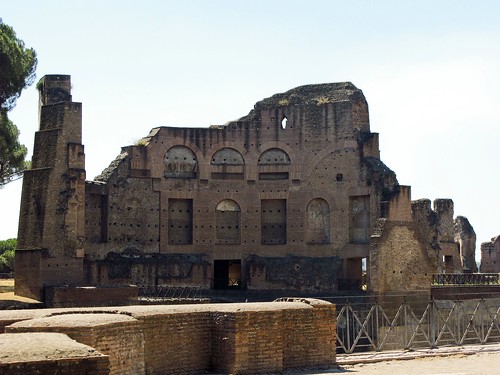 The event Heritage Key attended on Saturday may not have been one of the most glamorous occasions in the archaeological circuit, but it was certainly one of the most important. Hob-nobbing over wine, beer and crisps, some of Britain’s best known Egyptologists gathered in the swanky surroundings of London’s Birlington House, to mark the Egypt Exploration Society’s plans to protect and digitise the Lucy Gura archives. And they need your help!
The event Heritage Key attended on Saturday may not have been one of the most glamorous occasions in the archaeological circuit, but it was certainly one of the most important. Hob-nobbing over wine, beer and crisps, some of Britain’s best known Egyptologists gathered in the swanky surroundings of London’s Birlington House, to mark the Egypt Exploration Society’s plans to protect and digitise the Lucy Gura archives. And they need your help!
Think Egypt and you might imagine great personalities, incredible images and fierce politics. But the excesses, eccentricities and imagery of the great ancient empire could just as easily be applied to the history of Egyptology. The Lucy Gura collection of letters, journals, photos and videos, named after a late benefactor, chronicles the gamut of discovery in Egypt, from the indecipherable field notes of Flinders Petrie to the paintings of Howard Carter. Just take a look at Ann’s top five EES archive treasures to see for yourself.
Fundraising Campaign 2009-2010: The Lucy Gura Archive
The day kicked off with UCL and the Petrie Museum‘s Stephen Quirke speaking on the excavation history of Flinders Petrie, from humble beginnings in 1880 to his status as one of archaeology’s leading lights in 1924. From the first survey at Giza to his discovery of a pyramid bigger than Khufu’s, Petrie’s work has been ubiquitous ever since he stepped foot in Africa over 125 years ago.
Following a short coffee break, Dr Robert Morkof looked to the lighter side of archives, in his speech entitled The measurements of Petrie’s bedroom, and other (more interesting) things. Two particular motifs stood out from the lecture: first was Dr Morkof’s assertion that, ‘The most important value of archives is making fun of our colleagues,’ an observation proved with no shortage of hilarious antics caught on camera. While offering a funnier side to Egyptology, Dr Morkof allowed us to see how the EES’ archives can lend a personal aspect to some of the world’s greatest discoveries.
EES Deputy Director Chris Naunton got the day’s fundraising element off and running by highlighting the plight facing the archives. As well as the people involved, many of the archives involve places which no longer exist, such as the buildings at Lake Nasser and Abu Simbel, before it was relocated in 1964. The society plans to replacing their current envelopes, boxes and filing cabinets with archive-standard ones, and to digitise the archive – a tough, ongoing project which needs careful professionals to ensure nothing is harmed. An extension to the society’s quaint HQ in Bloomsbury has also been mooted, but this is due to funding limits.
Support the Lucy Gura Archive Fund
It’s a worthy cause, and one vital to the study and celebration of Egyptology. If we lose the EES’ archives, along with other prominent archives in Oxford, Geneva and further afield, we risk turning the light off on the ‘Era of Discovery’.
If you wish to make a much-needed donation to the Lucy Gura archive, just visit the EES’ support page, follow the link to make ‘a donation’, then select ‘The Lucy Gura Archive Fund‘. You money will be saving some of Egyptology’s greatest records.
Heritage Key is planning a visit to the ESS soon, where we’ll be taking a look at some of its stunning archive material – watch this space!

 English Heritage has unveiled the design for its proposed new
English Heritage has unveiled the design for its proposed new 
 Scotland is to welcome home
Scotland is to welcome home 



